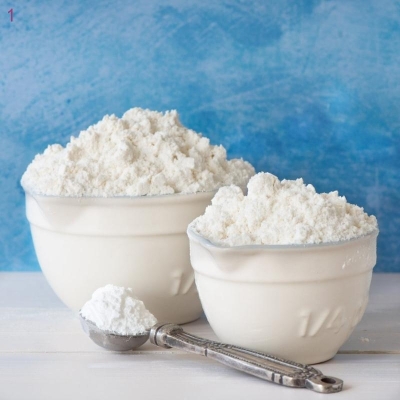-
Categories
-
Pharmaceutical Intermediates
-
Active Pharmaceutical Ingredients
-
Food Additives
- Industrial Coatings
- Agrochemicals
- Dyes and Pigments
- Surfactant
- Flavors and Fragrances
- Chemical Reagents
- Catalyst and Auxiliary
- Natural Products
- Inorganic Chemistry
-
Organic Chemistry
-
Biochemical Engineering
- Analytical Chemistry
-
Cosmetic Ingredient
- Water Treatment Chemical
-
Pharmaceutical Intermediates
Promotion
ECHEMI Mall
Wholesale
Weekly Price
Exhibition
News
-
Trade Service
According to oil services company Baker Hughes, the number of oil rigs in the United States has risen to 672 this week, the fourth consecutive week of increase and the highest level
since May.
U.
S.
WTI crude oil futures for September closed up $0.
27, or 0.
64 percent, at $42.
50 a barrel on Friday, down 3.
1 percent
for the week.
Brent crude futures for September ended down $0.
19, or 0.
39 percent, at $
49.
03 a barrel.
With U.
S.
crude recently tumbling $20 a barrel to a six-and-a-half-year low, producers may now regret the move to increase the number of oil rigs, triggering a new round of spending cuts and layoffs
in the global oil industry.
In response to the collapse in oil prices, U.
S.
oil producers have cut spending, laid off thousands of jobs and idle more than half of their oil rigs
.
Still, U.
S.
crude oil production has remained at nearly 9.
4 million barrels per day in recent weeks, the highest level
since early 1970, according to U.
S.
government data.
Separately, the Organization of the Petroleum Exporting Countries (OPEC) kept its crude oil production target of 30 million barrels per day unchanged at its June meeting in an effort to maintain low oil prices to support global oil demand growth and protect its market share to weed out more costly producers, such as U.
S.
shale producers
.
According to oil services company Baker Hughes, the number of oil rigs in the United States has risen to 672 this week, the fourth consecutive week of increase and the highest level
since May.
U.
S.
WTI crude oil futures for September closed up $0.
27, or 0.
64 percent, at $42.
50 a barrel on Friday, down 3.
1 percent
for the week.
Brent crude futures for September ended down $0.
19, or 0.
39 percent, at $
49.
03 a barrel.
With U.
S.
crude recently tumbling $20 a barrel to a six-and-a-half-year low, producers may now regret the move to increase the number of oil rigs, triggering a new round of spending cuts and layoffs
in the global oil industry.
In response to the collapse in oil prices, U.
S.
oil producers have cut spending, laid off thousands of jobs and idle more than half of their oil rigs
.
Still, U.
S.
crude oil production has remained at nearly 9.
4 million barrels per day in recent weeks, the highest level
since early 1970, according to U.
S.
government data.
Separately, the Organization of the Petroleum Exporting Countries (OPEC) kept its crude oil production target of 30 million barrels per day unchanged at its June meeting in an effort to maintain low oil prices to support global oil demand growth and protect its market share to weed out more costly producers, such as U.
S.
shale producers
.







